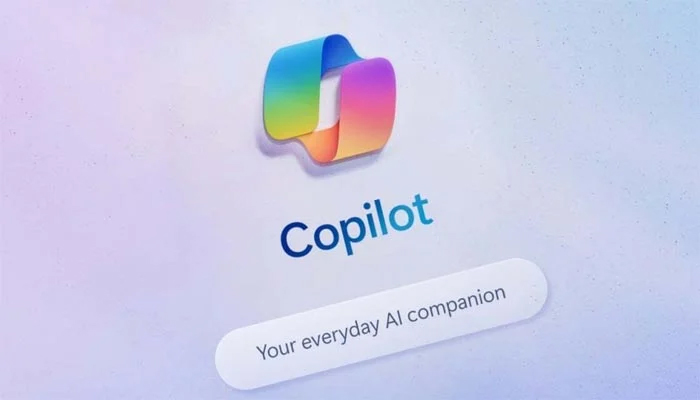
Microsoft has officially announced the expansion of Copilot Vision with a “Highlights” feature to Windows, providing an advanced usage experience.
The Redmond, Washington-based tech giant revealed that the new artificial intelligence (AI) feature will only be available in the US, but the company plans to bring it to other regions soon.
It uses computer vision and tool use to analyse the content on the user's screen and assist them with queries. Copilot Vision was first unveiled by Microsoft in December 2024, and in April, it was integrated into the Microsoft Edge browser.
Copilot Vision on Windows receives a new update
In a blog post, Microsoft unveiled that Copilot Vision is finally being rolled out to Windows devices in the US. It will be available for both Windows 10 and Windows 11.
The company said the feature will be introduced in more non-European countries soon. Notably, Copilot Vision on Windows is part of Copilot Labs.
Notably, Copilot Vision on Windows supports real-time voice, letting users ask verbal queries about the content. This version of the feature supports up to two apps simultaneously and can draw context from both screens at the same time.
The new Highlights feature in this version will allow users to command Copilot to show certain settings and other assistive help.
How to use Copilot Vision on Windows
- To use Copilot Vision on Windows, users will have to open the Copilot app and click the new glasses icon in the composer.
- Then, users can select the browser window or app they want to share with the AI chatbot, and it can start assisting them.
- To stop sharing the app or browser window, users can press the X button in the composer.
- The company highlighted that the feature is entirely opt-in.
















